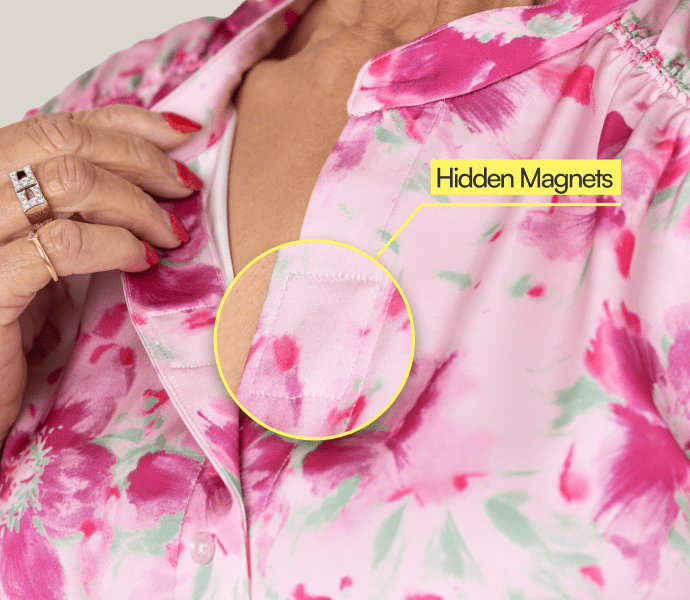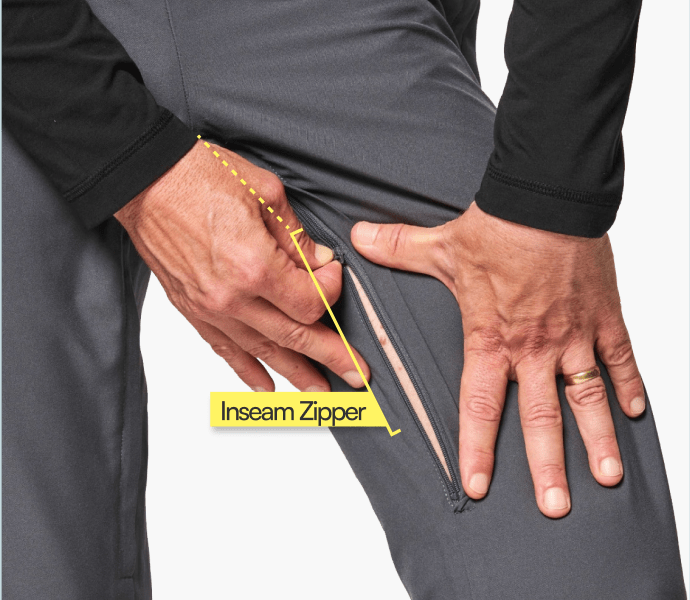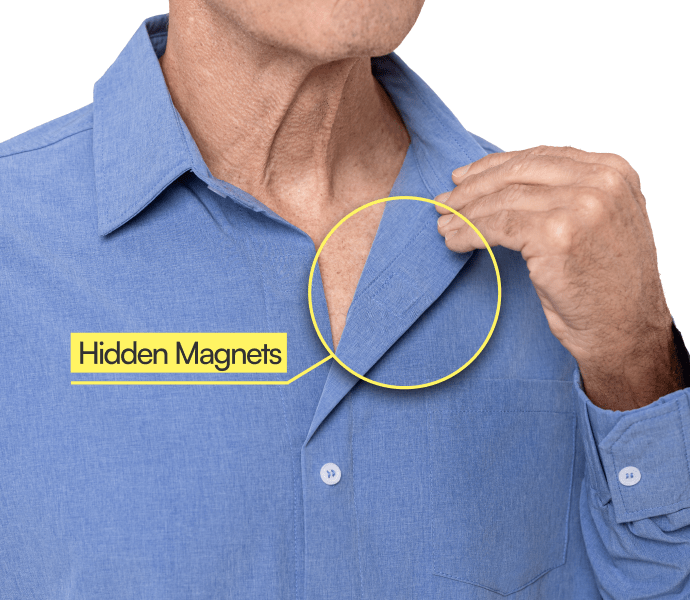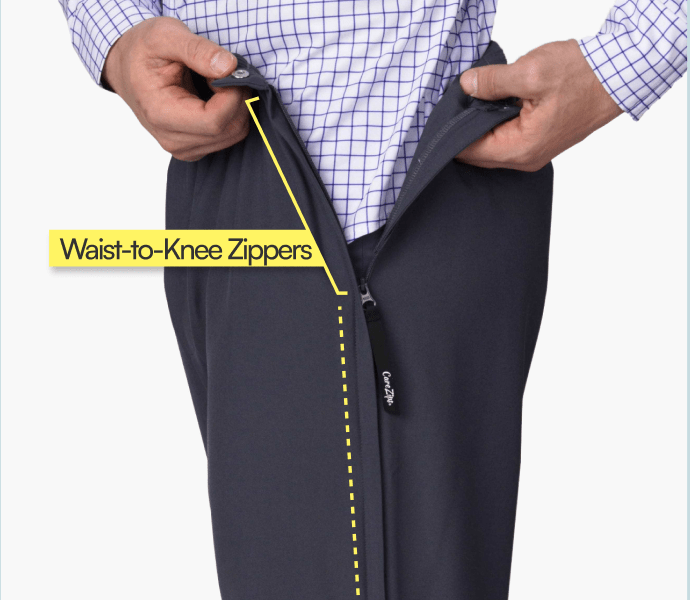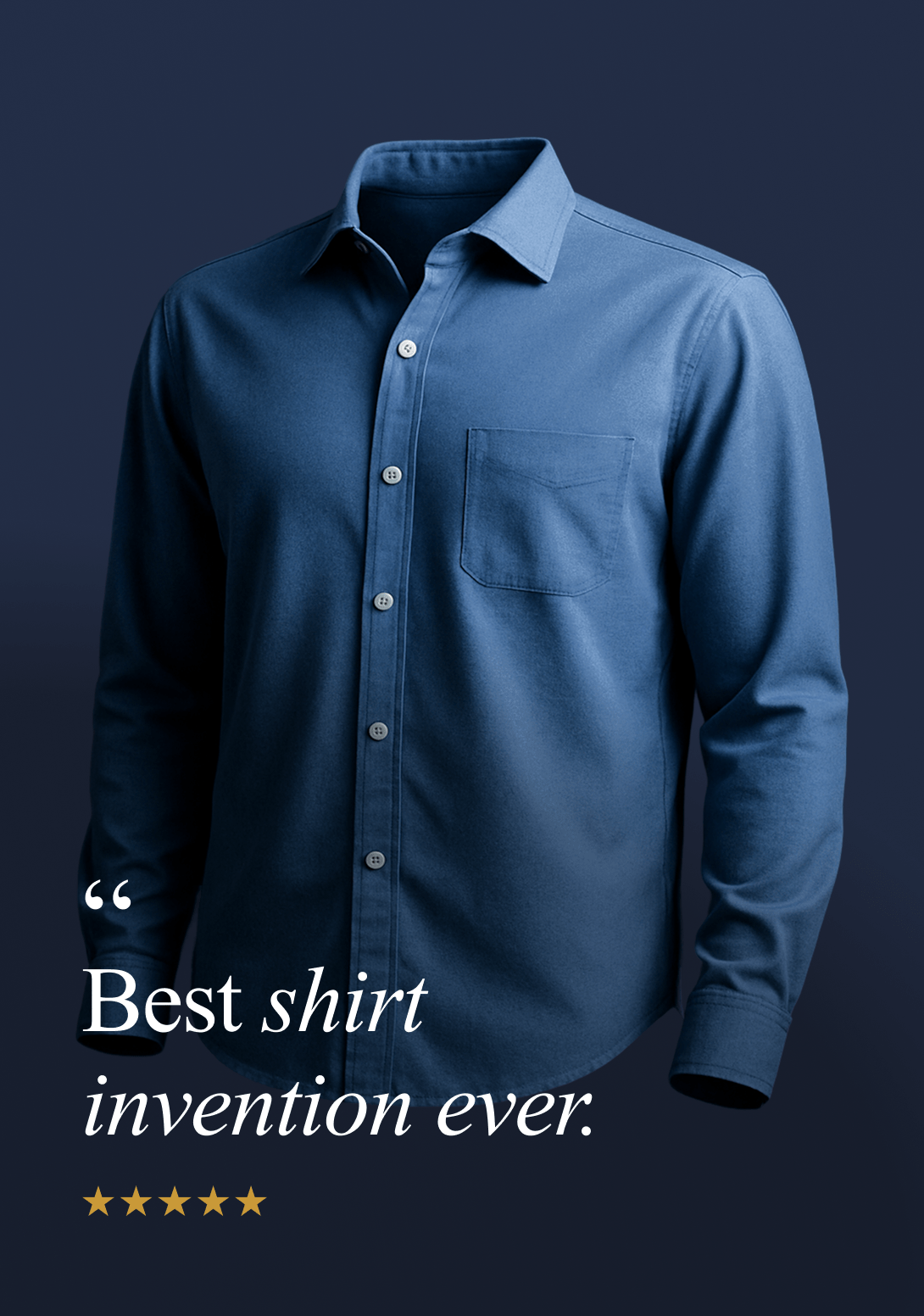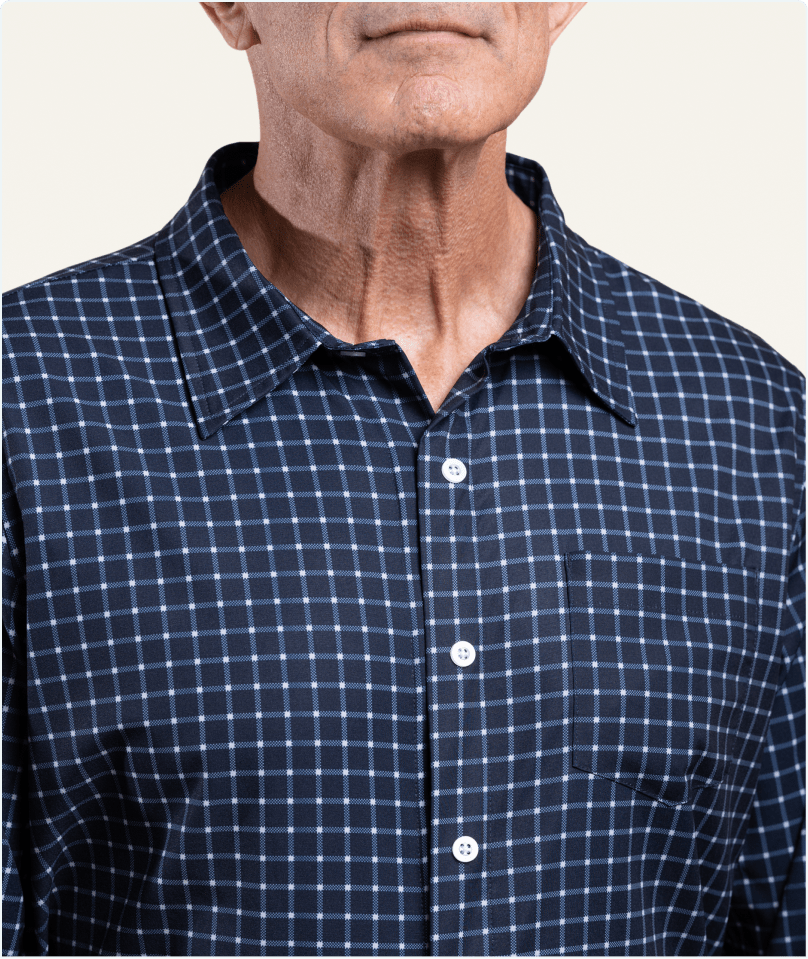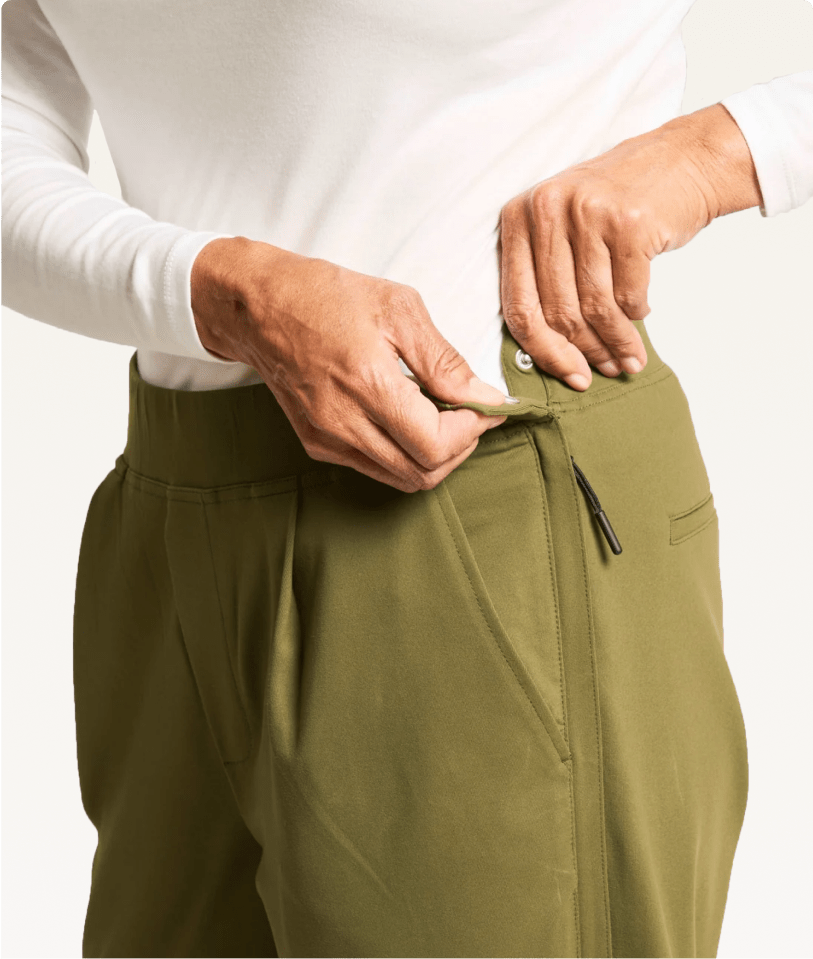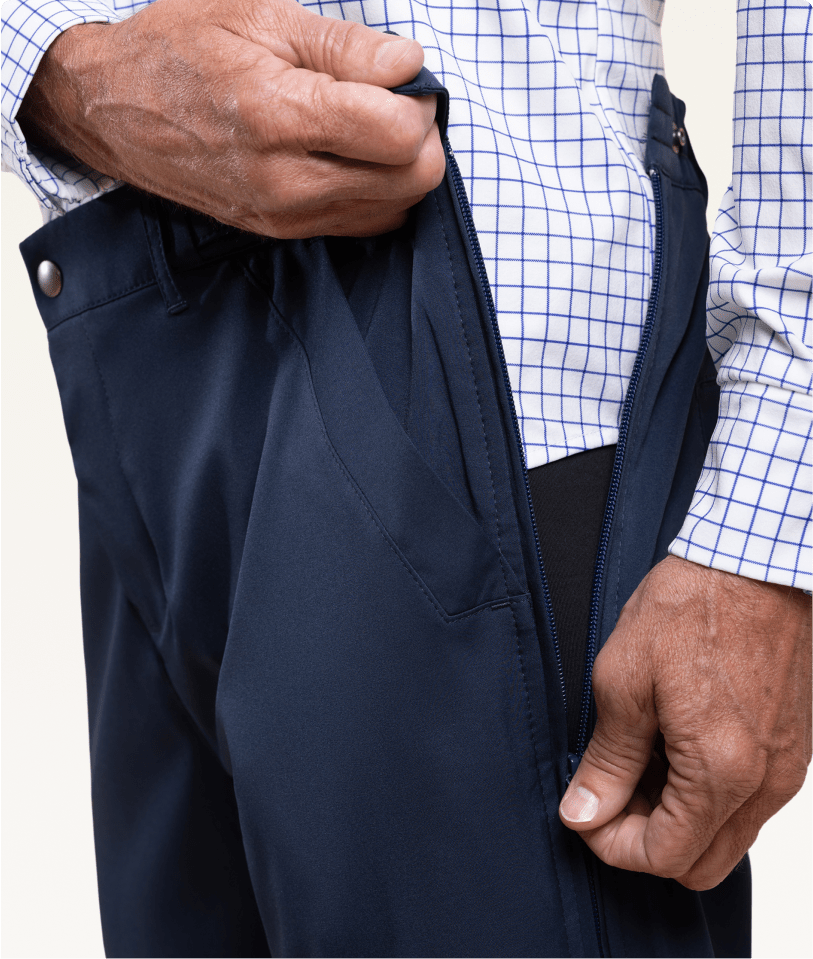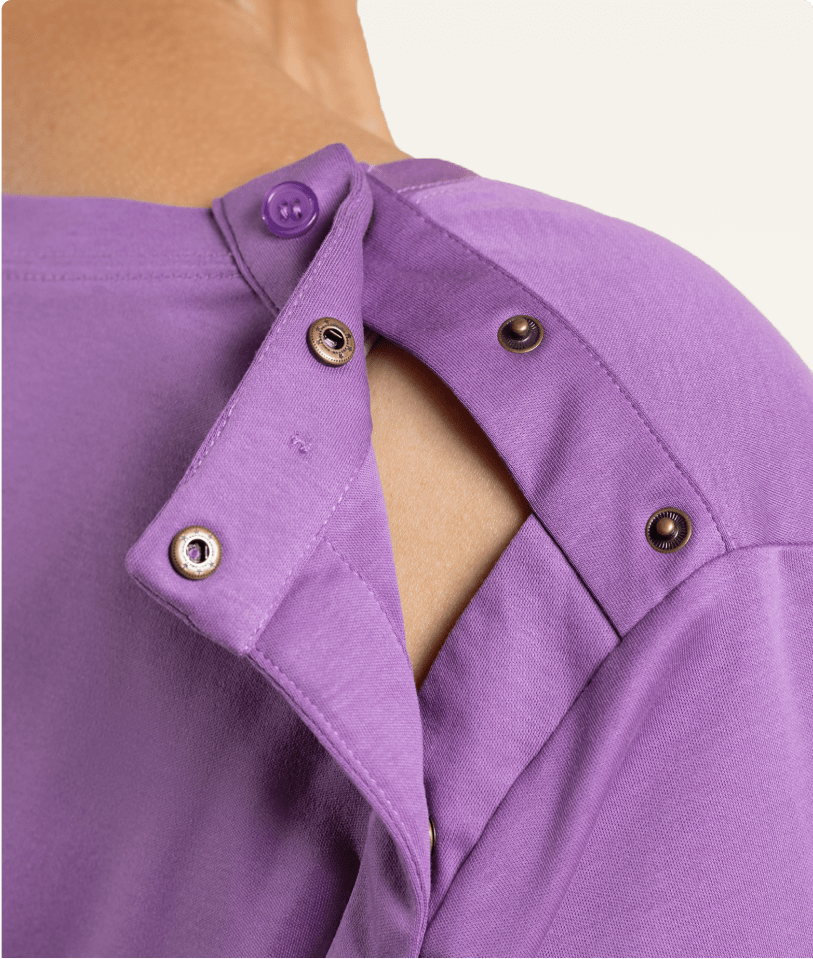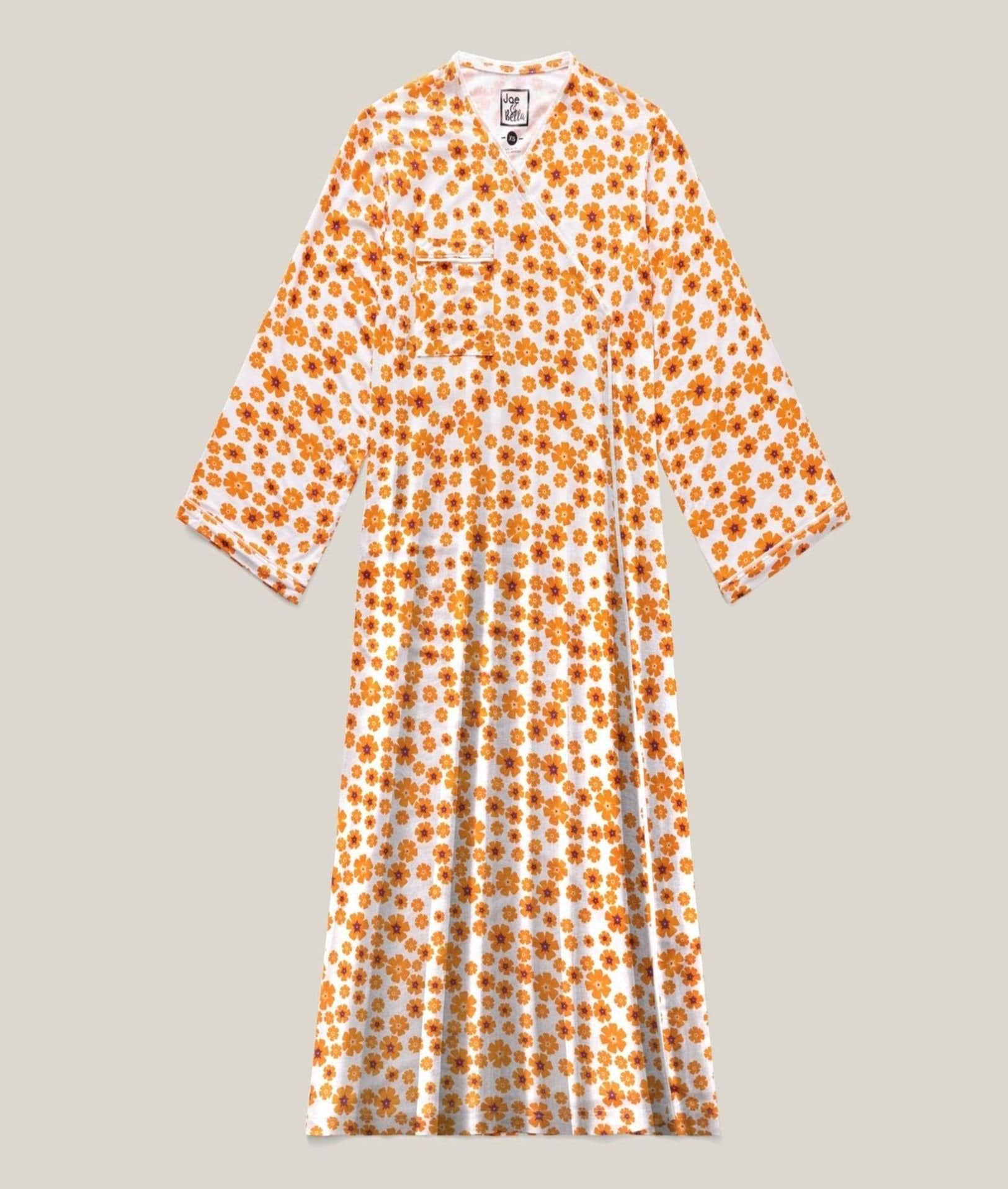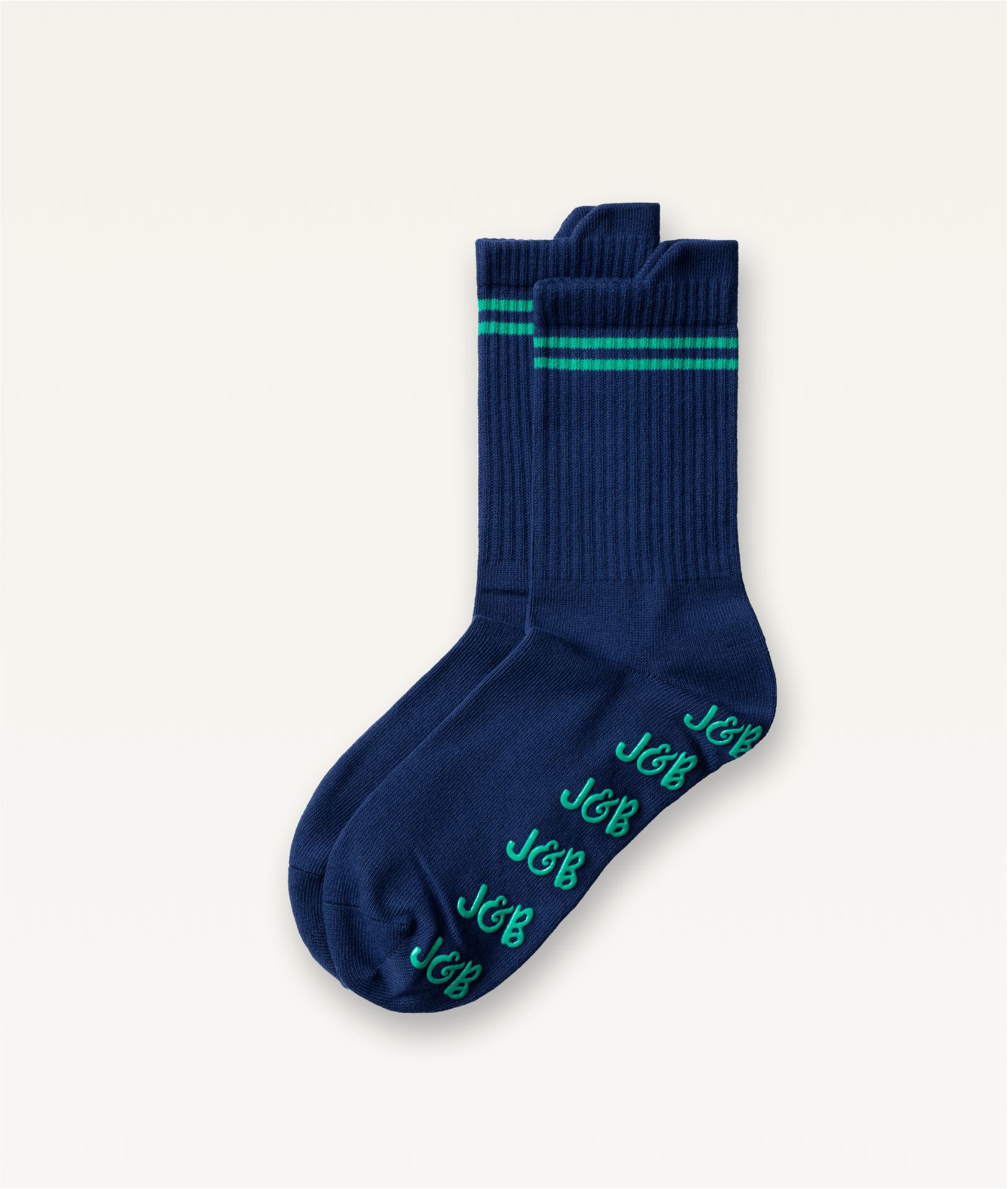-
 25% OffRegular price $81Regular priceUnit price per
25% OffRegular price $81Regular priceUnit price per$108Sale price $8125% Off






Magnetic Button-Down | Relaxed-Fit
Sale Sold outRegular price $81Regular priceUnit price per$108Sale price $81Only 23 left in stock — don’t miss out!
View Full Product DetailsCouldn't load pickup availability
-
 25% OffRegular price $81Regular priceUnit price per
25% OffRegular price $81Regular priceUnit price per$108Sale price $8125% Off





Magnetic Button-Down | Relaxed-Fit
Sale Sold outRegular price $81Regular priceUnit price per$108Sale price $81Only 23 left in stock — don’t miss out!
View Full Product DetailsCouldn't load pickup availability
-
 Best Seller 25% OffRegular price $81Regular priceUnit price per
Best Seller 25% OffRegular price $81Regular priceUnit price per$108Sale price $81Best Seller 25% Off






Magnetic Button-Down | Relaxed-Fit
Sale Sold outRegular price $81Regular priceUnit price per$108Sale price $81Only 23 left in stock — don’t miss out!
View Full Product DetailsCouldn't load pickup availability
-
 25% OffRegular price $81Regular priceUnit price per
25% OffRegular price $81Regular priceUnit price per$108Sale price $8125% Off




Magnetic Button-Down | Relaxed-Fit
Sale Sold outRegular price $81Regular priceUnit price per$108Sale price $81Only 23 left in stock — don’t miss out!
View Full Product DetailsCouldn't load pickup availability
-
 25% OffRegular price $81Regular priceUnit price per
25% OffRegular price $81Regular priceUnit price per$108Sale price $8125% Off




Magnetic Button-Down | Relaxed-Fit
Sale Sold outRegular price $81Regular priceUnit price per$108Sale price $81Only 23 left in stock — don’t miss out!
View Full Product DetailsCouldn't load pickup availability
-
 80% OffRegular price $22Regular priceUnit price per
80% OffRegular price $22Regular priceUnit price per$108Sale price $2280% Off




Magnetic Button-Down | Relaxed-Fit
Sale Sold outRegular price $81Regular priceUnit price per$108Sale price $81Only 23 left in stock — don’t miss out!
View Full Product DetailsCouldn't load pickup availability
-
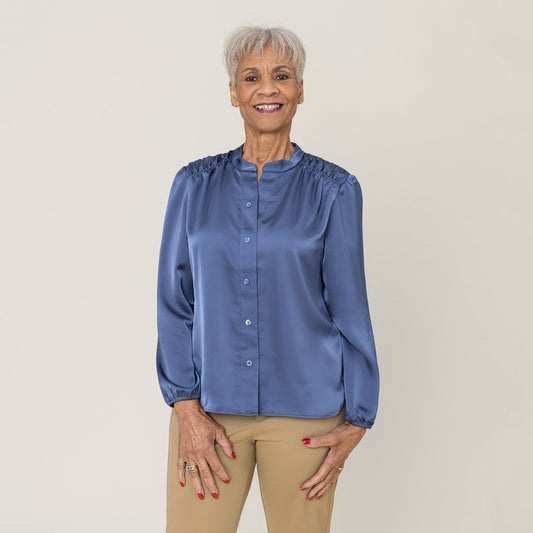 25% OffRegular price $66Regular priceUnit price per
25% OffRegular price $66Regular priceUnit price per$88Sale price $6625% Off
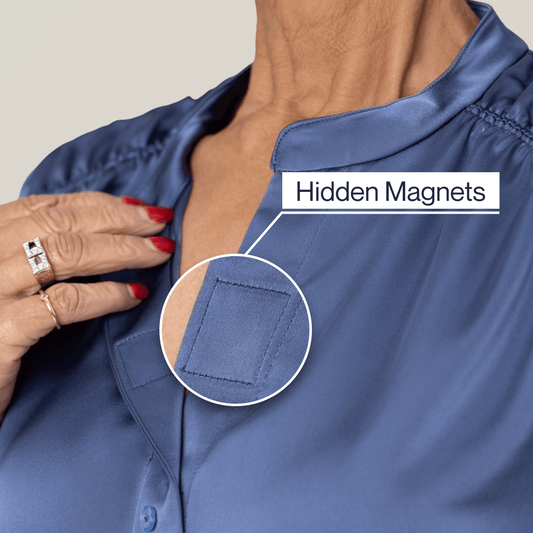
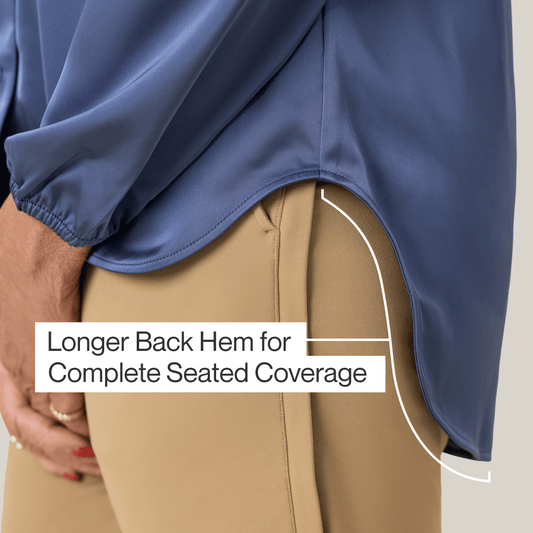
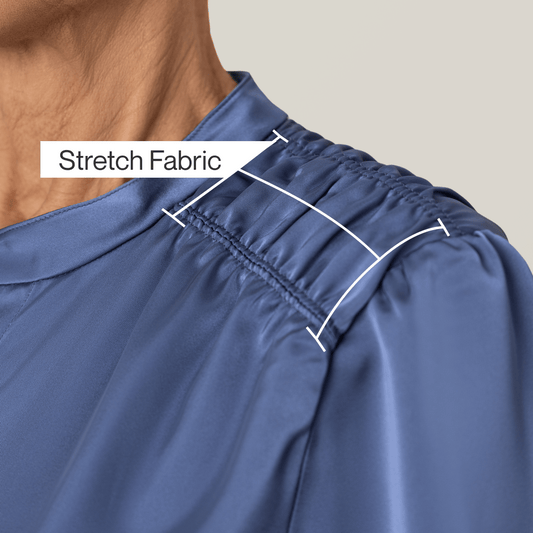
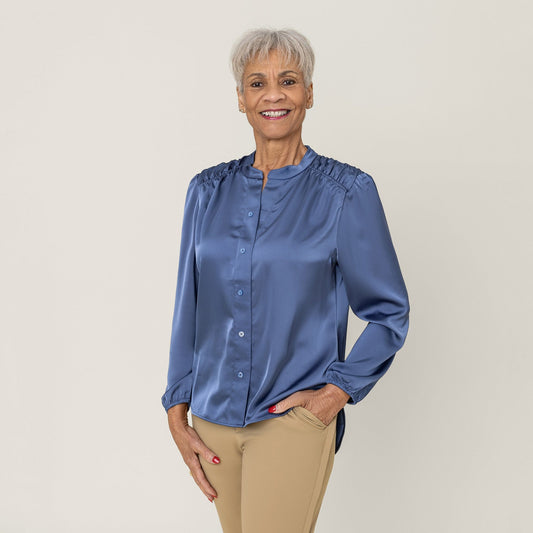
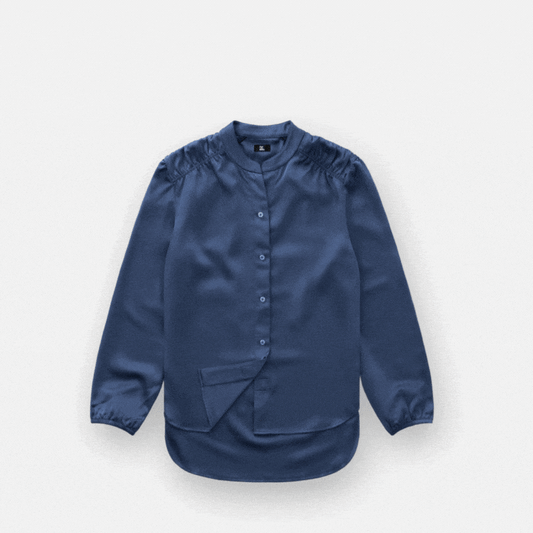
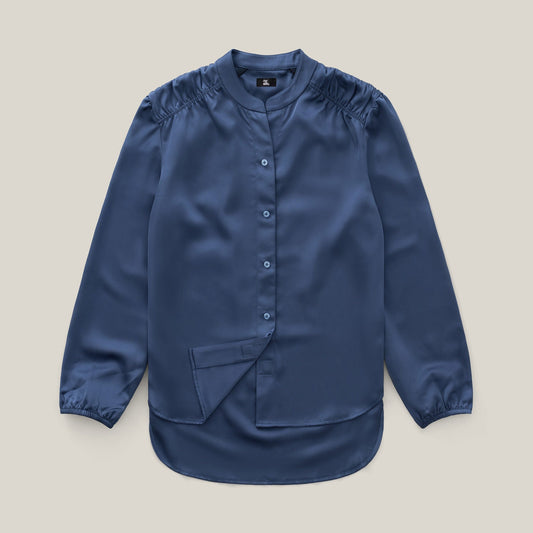
Magnetic Button Blouse
Sale Sold outRegular price $66Regular priceUnit price per$88Sale price $66Only 1 left in stock — don’t miss out!
View Full Product DetailsCouldn't load pickup availability
-
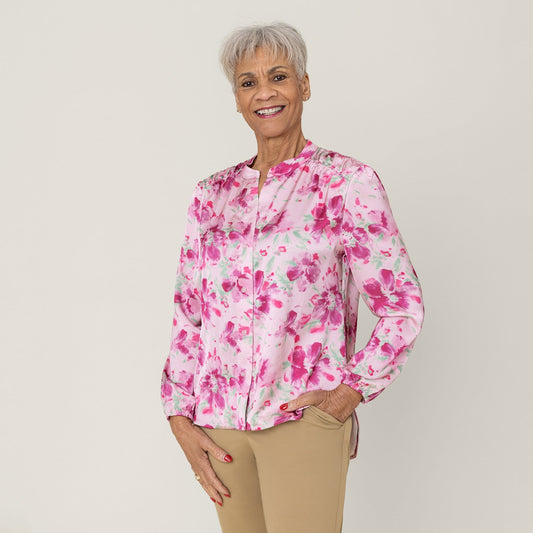 25% OffRegular price $66Regular priceUnit price per
25% OffRegular price $66Regular priceUnit price per$88Sale price $6625% Off
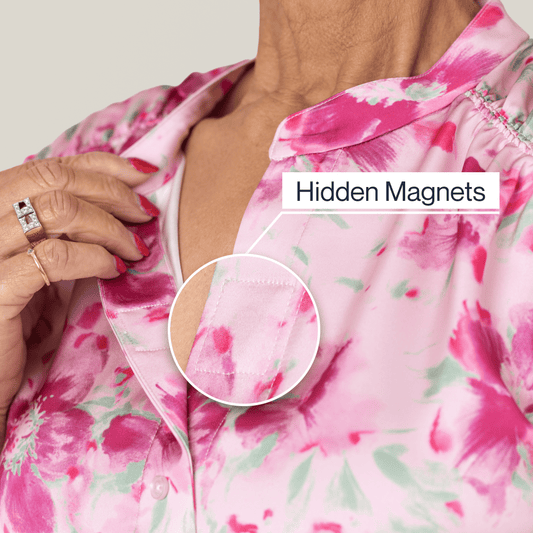
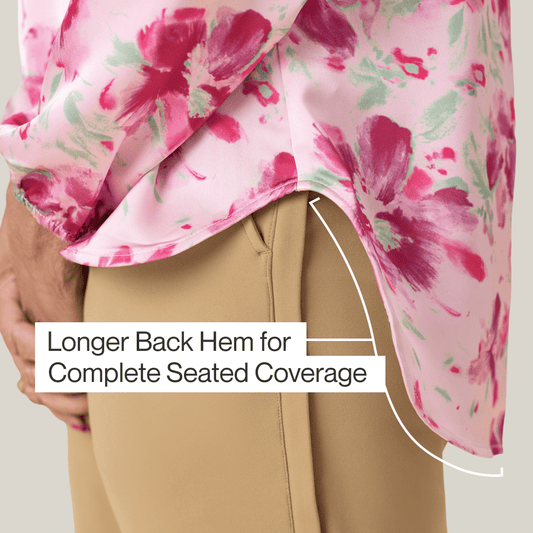
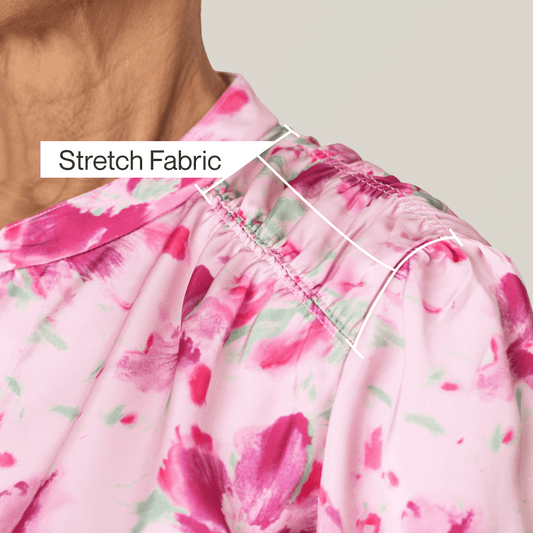
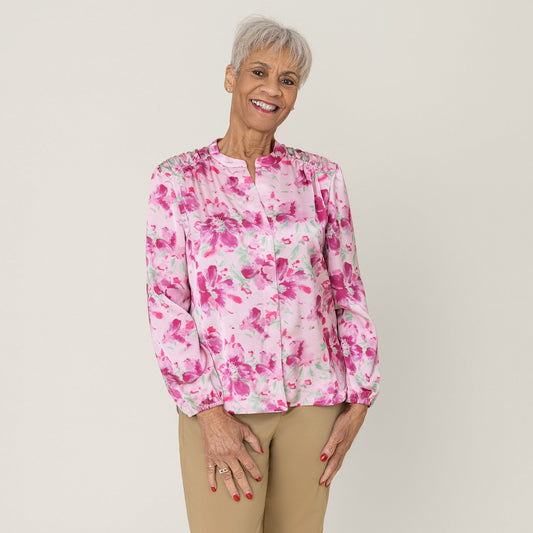
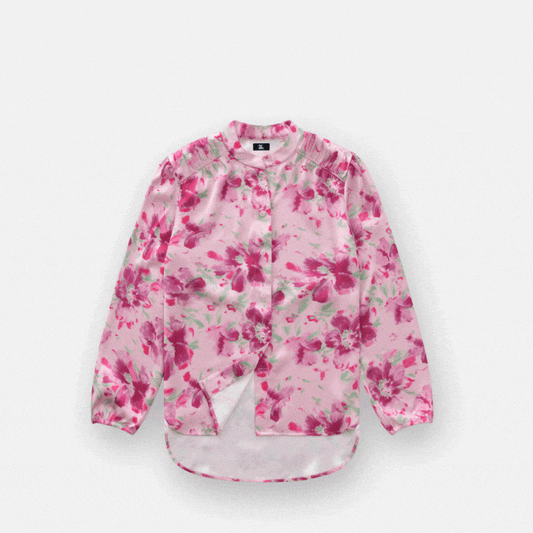
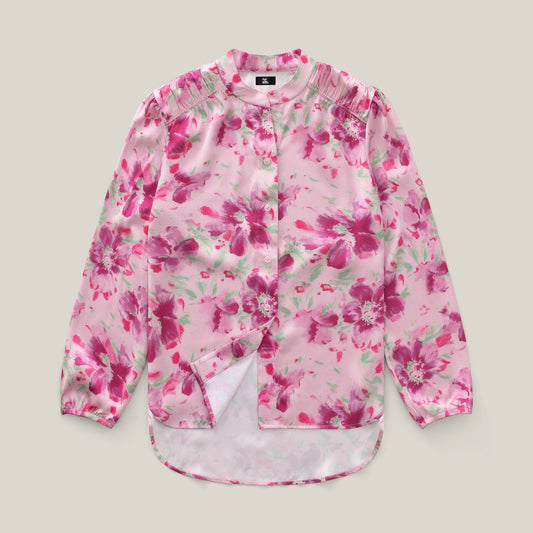
Magnetic Button Blouse
Sale Sold outRegular price $66Regular priceUnit price per$88Sale price $66Only 1 left in stock — don’t miss out!
View Full Product DetailsCouldn't load pickup availability
-
 25% OffRegular price $66Regular priceUnit price per
25% OffRegular price $66Regular priceUnit price per$88Sale price $6625% Off
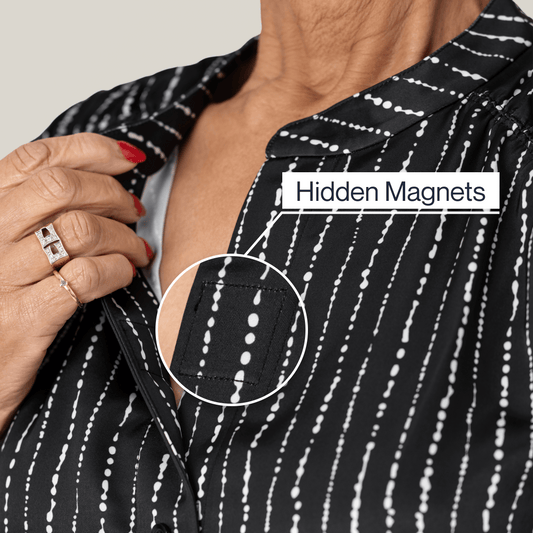
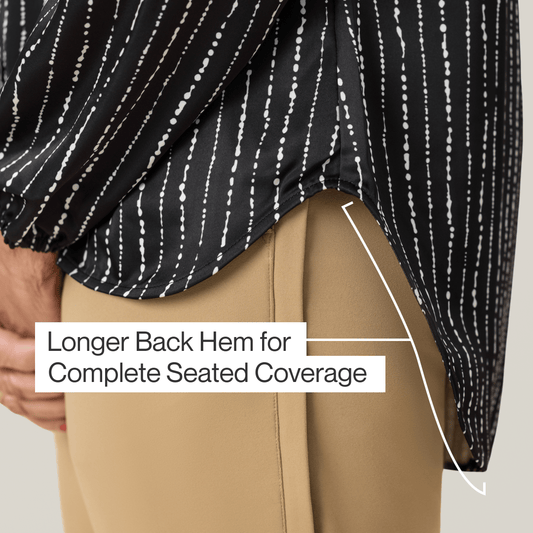
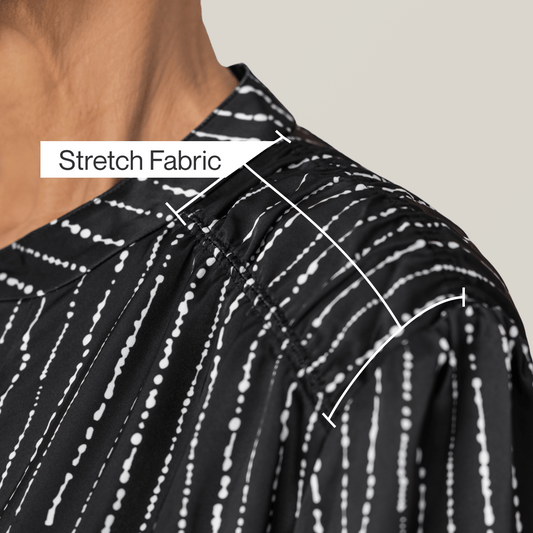
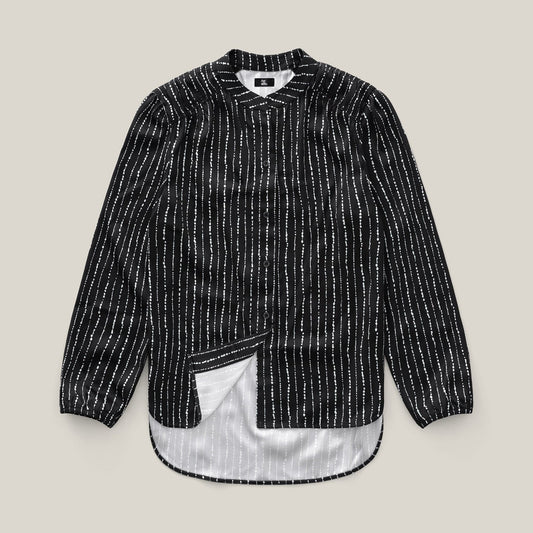
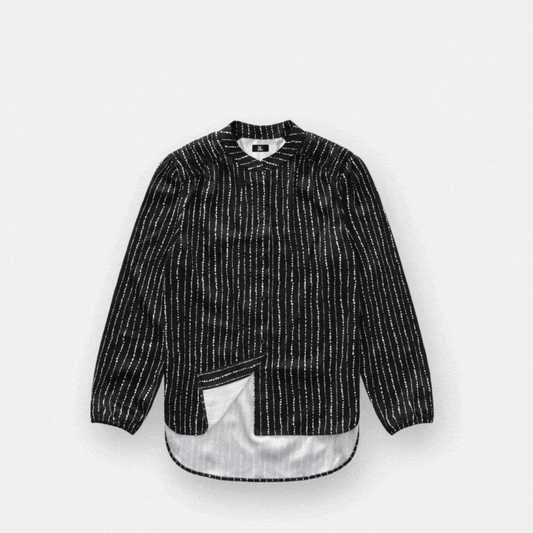
Magnetic Button Blouse
Sale Sold outRegular price $66Regular priceUnit price per$88Sale price $66Only 1 left in stock — don’t miss out!
View Full Product DetailsCouldn't load pickup availability
-
 25% OffRegular price $81Regular priceUnit price per
25% OffRegular price $81Regular priceUnit price per$108Sale price $8125% Off




Short-Sleeve Magnetic-Button Shirt
Sale Sold outRegular price $81Regular priceUnit price per$108Sale price $81Only 6 left in stock — don’t miss out!
View Full Product DetailsCouldn't load pickup availability
-
 25% OffRegular price $81Regular priceUnit price per
25% OffRegular price $81Regular priceUnit price per$108Sale price $8125% Off





Short-Sleeve Magnetic-Button Shirt
Sale Sold outRegular price $81Regular priceUnit price per$108Sale price $81Only 6 left in stock — don’t miss out!
View Full Product DetailsCouldn't load pickup availability
-
 25% OffRegular price $81Regular priceUnit price per
25% OffRegular price $81Regular priceUnit price per$108Sale price $8125% Off




Short-Sleeve Magnetic-Button Shirt
Sale Sold outRegular price $81Regular priceUnit price per$108Sale price $81Only 6 left in stock — don’t miss out!
View Full Product DetailsCouldn't load pickup availability
-
 25% OffRegular price $96Regular priceUnit price per
25% OffRegular price $96Regular priceUnit price per$128Sale price $9625% Off







Magnetic Zip-Up Sweater For Men
Sale Sold outRegular price $96Regular priceUnit price per$128Sale price $96Only 3 left in stock — don’t miss out!
View Full Product DetailsCouldn't load pickup availability
-
 25% OffRegular price $96Regular priceUnit price per
25% OffRegular price $96Regular priceUnit price per$128Sale price $9625% Off






Magnetic Zip-Up Sweater For Men
Sale Sold outRegular price $96Regular priceUnit price per$128Sale price $96Only 3 left in stock — don’t miss out!
View Full Product DetailsCouldn't load pickup availability
-
 Best Seller 25% OffRegular price $81Regular priceUnit price per
Best Seller 25% OffRegular price $81Regular priceUnit price per$108Sale price $81Best Seller 25% Off



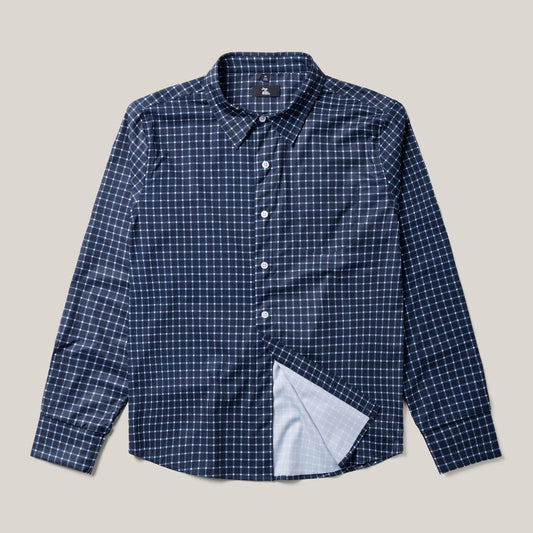

Magnetic Button-Down | Tailored-Fit
Sale Sold outRegular price $81Regular priceUnit price per$108Sale price $81Only 39 left in stock — don’t miss out!
View Full Product DetailsCouldn't load pickup availability
-
 25% OffRegular price $81Regular priceUnit price per
25% OffRegular price $81Regular priceUnit price per$108Sale price $8125% Off





Magnetic Button-Down | Tailored-Fit
Sale Sold outRegular price $81Regular priceUnit price per$108Sale price $81Only 39 left in stock — don’t miss out!
View Full Product DetailsCouldn't load pickup availability
-
 25% OffRegular price $81Regular priceUnit price per
25% OffRegular price $81Regular priceUnit price per$108Sale price $8125% Off






Magnetic Button-Down | Tailored-Fit
Sale Sold outRegular price $81Regular priceUnit price per$108Sale price $81Only 39 left in stock — don’t miss out!
View Full Product DetailsCouldn't load pickup availability
-
 25% OffRegular price $81Regular priceUnit price per
25% OffRegular price $81Regular priceUnit price per$108Sale price $8125% Off





Magnetic Button-Down | Tailored-Fit
Sale Sold outRegular price $81Regular priceUnit price per$108Sale price $81Only 39 left in stock — don’t miss out!
View Full Product DetailsCouldn't load pickup availability
-
 25% OffRegular price $81Regular priceUnit price per
25% OffRegular price $81Regular priceUnit price per$108Sale price $8125% Off




Magnetic Button-Down | Tailored-Fit
Sale Sold outRegular price $81Regular priceUnit price per$108Sale price $81Only 39 left in stock — don’t miss out!
View Full Product DetailsCouldn't load pickup availability
-
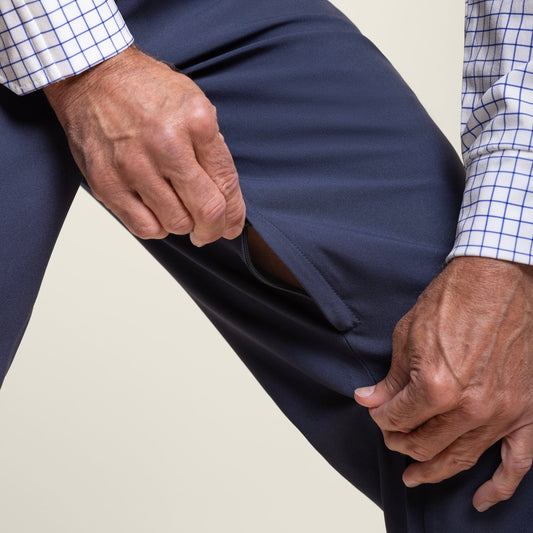 25% OffRegular price $81Regular priceUnit price per
25% OffRegular price $81Regular priceUnit price per$108Sale price $8125% Off
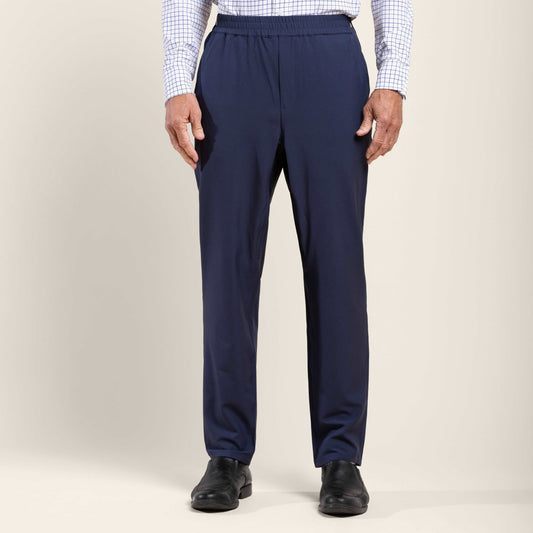

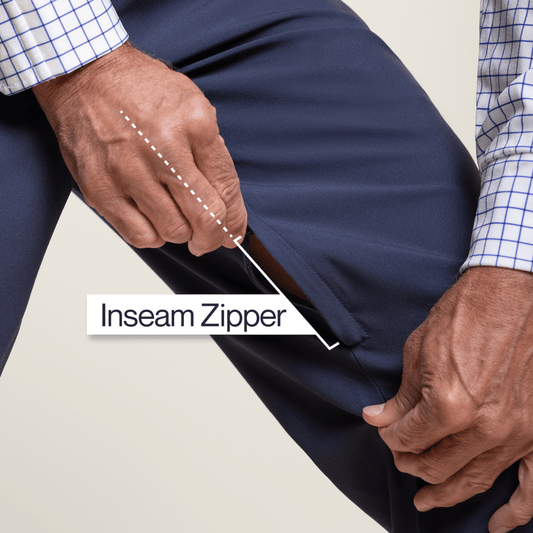
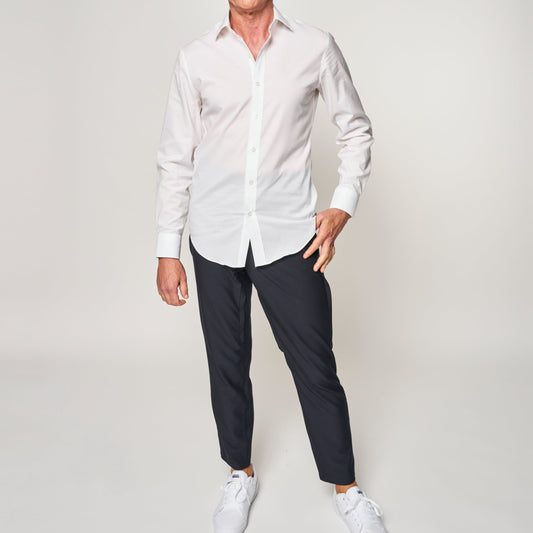
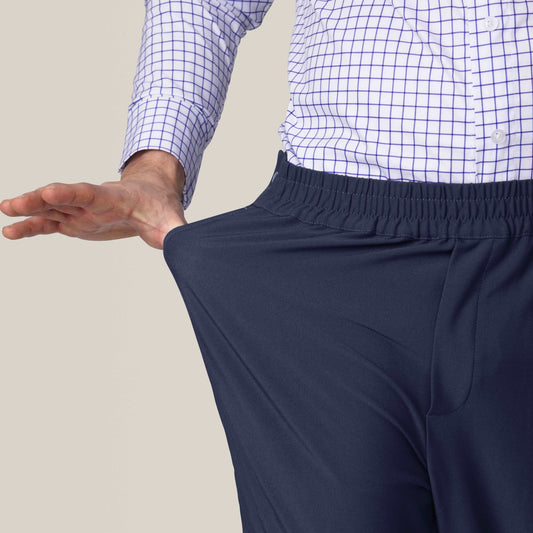
CareZips® Men's Access Pants
Sale Sold outRegular price $81Regular priceUnit price per$108Sale price $81Only 4 left in stock — don’t miss out!
View Full Product DetailsCouldn't load pickup availability
-
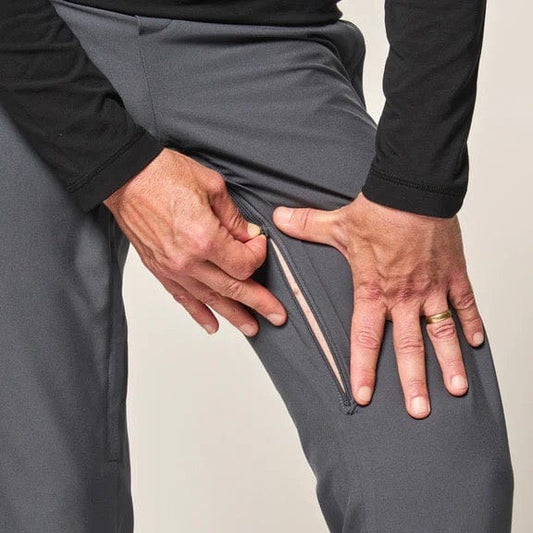 25% OffRegular price $81Regular priceUnit price per
25% OffRegular price $81Regular priceUnit price per$108Sale price $8125% Off

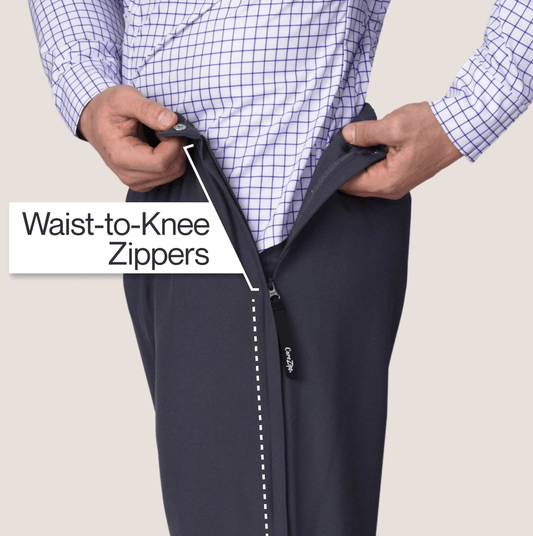


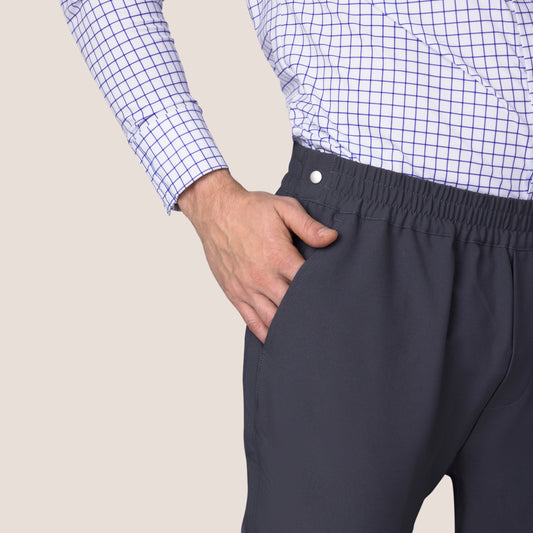
CareZips® Men's Access Pants
Sale Sold outRegular price $81Regular priceUnit price per$108Sale price $81Only 4 left in stock — don’t miss out!
View Full Product DetailsCouldn't load pickup availability
-
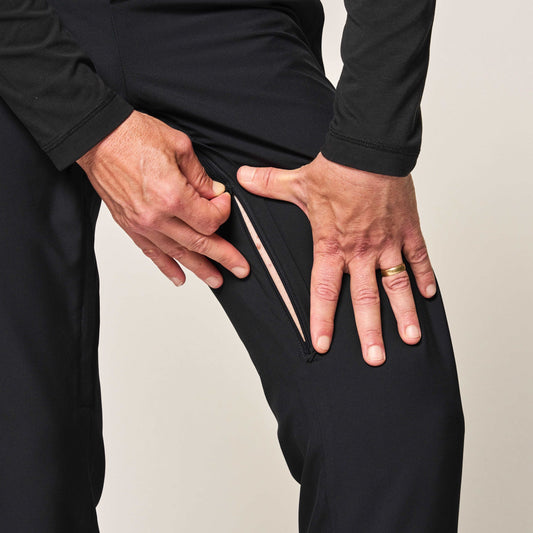 25% OffRegular price $81Regular priceUnit price per
25% OffRegular price $81Regular priceUnit price per$108Sale price $8125% Off
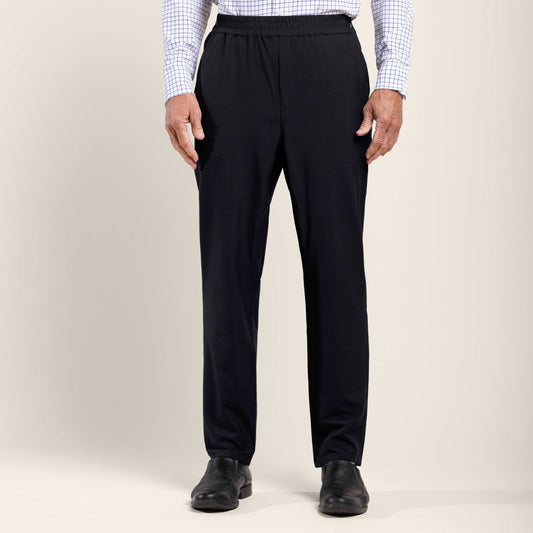

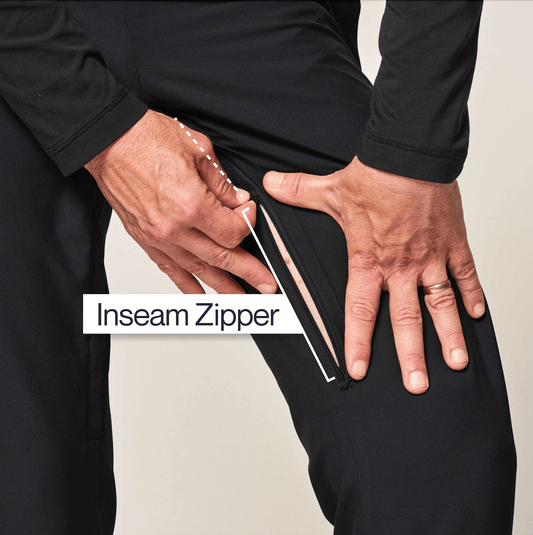

CareZips® Men's Access Pants
Sale Sold outRegular price $81Regular priceUnit price per$108Sale price $81Only 4 left in stock — don’t miss out!
View Full Product DetailsCouldn't load pickup availability
-
 26% OffRegular price $80Regular priceUnit price per
26% OffRegular price $80Regular priceUnit price per$108Sale price $8026% Off




CareZips® Women's Access Pants
Sale Sold outRegular price $80Regular priceUnit price per$108Sale price $80Only 4 left in stock — don’t miss out!
View Full Product DetailsCouldn't load pickup availability
-
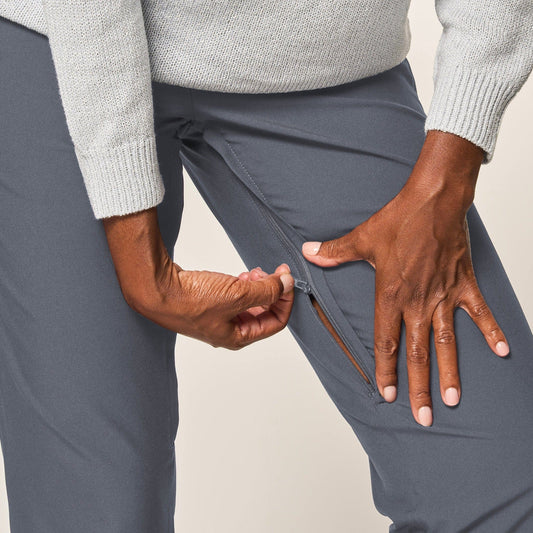 19% OffRegular price $88Regular priceUnit price per
19% OffRegular price $88Regular priceUnit price per$108Sale price $8819% Off

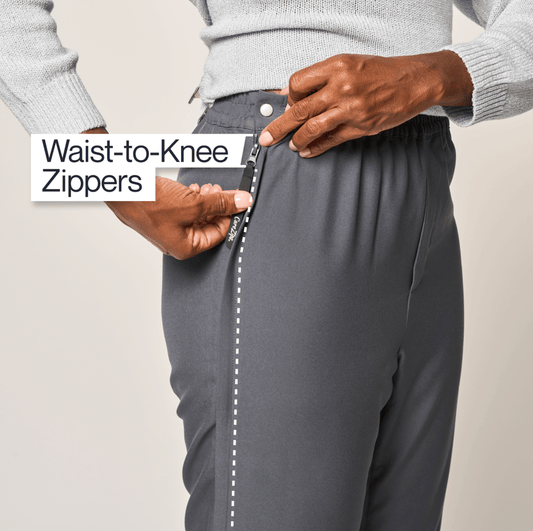
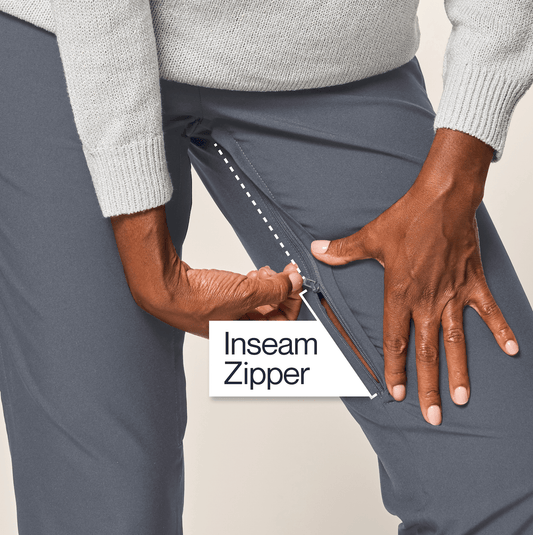
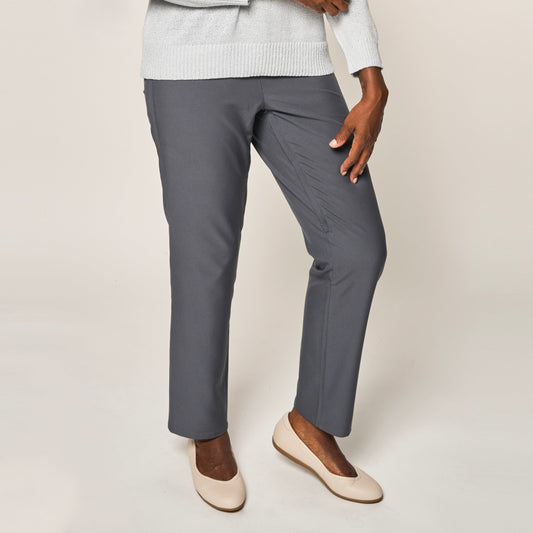
CareZips® Women's Access Pants
Sale Sold outRegular price $80Regular priceUnit price per$108Sale price $80Only 4 left in stock — don’t miss out!
View Full Product DetailsCouldn't load pickup availability
-
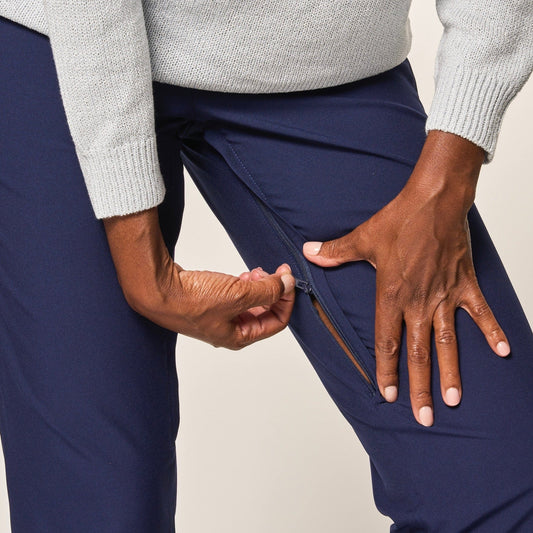 19% OffRegular price $88Regular priceUnit price per
19% OffRegular price $88Regular priceUnit price per$108Sale price $8819% Off
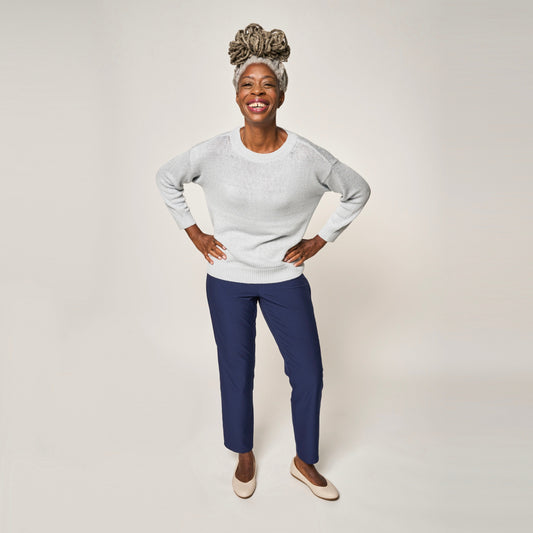
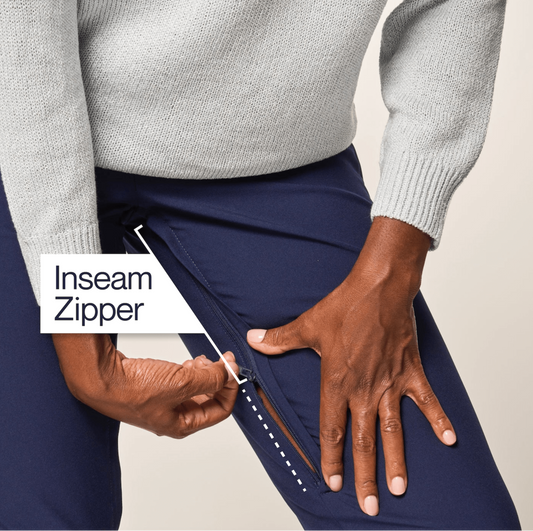

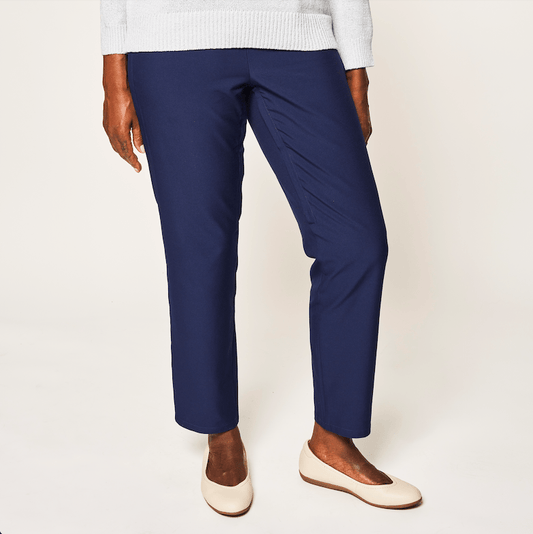
CareZips® Women's Access Pants
Sale Sold outRegular price $80Regular priceUnit price per$108Sale price $80Only 4 left in stock — don’t miss out!
View Full Product DetailsCouldn't load pickup availability
-
 Best Seller 25% OffRegular price $74Regular priceUnit price per
Best Seller 25% OffRegular price $74Regular priceUnit price per$98Sale price $7425% Off


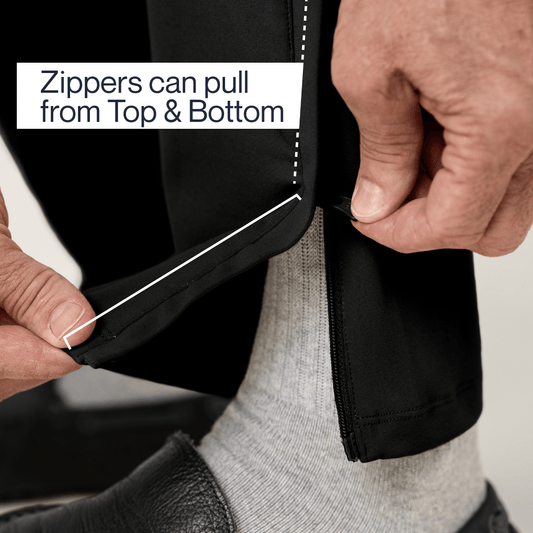

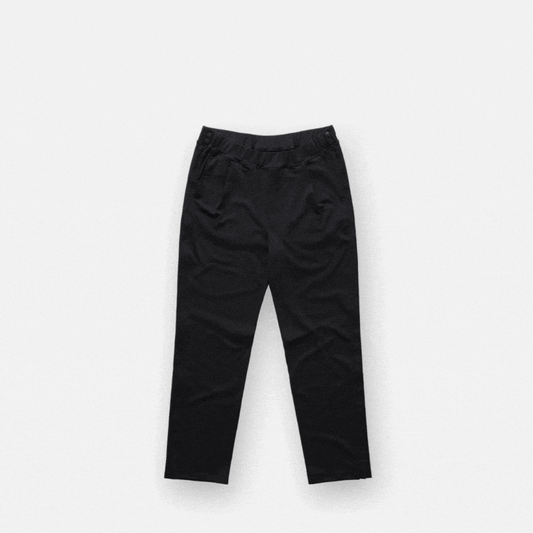

Side-Zip Pants
Sale Sold outRegular price $74Regular priceUnit price per$98Sale price $74Only 7 left in stock — don’t miss out!
View Full Product DetailsCouldn't load pickup availability
-
 25% OffRegular price $74Regular priceUnit price per
25% OffRegular price $74Regular priceUnit price per$98Sale price $7425% Off






Side-Zip Pants
Sale Sold outRegular price $74Regular priceUnit price per$98Sale price $74Only 7 left in stock — don’t miss out!
View Full Product DetailsCouldn't load pickup availability
-
 25% OffRegular price $74Regular priceUnit price per
25% OffRegular price $74Regular priceUnit price per$98Sale price $7425% Off






Side-Zip Pants
Sale Sold outRegular price $74Regular priceUnit price per$98Sale price $74Only 7 left in stock — don’t miss out!
View Full Product DetailsCouldn't load pickup availability
-
 25% OffRegular price $74Regular priceUnit price per
25% OffRegular price $74Regular priceUnit price per$98Sale price $7425% Off







Side-Zip Pants
Sale Sold outRegular price $74Regular priceUnit price per$98Sale price $74Only 7 left in stock — don’t miss out!
View Full Product DetailsCouldn't load pickup availability
-
Magnetic Button-Down | Relaxed-Fit
Regular price $81Regular priceUnit price per$108Sale price $8125% Off -
 25% Off
25% Off -
Short-Sleeve Magnetic-Button Shirt
Regular price $81Regular priceUnit price per$108Sale price $8125% Off -
 25% Off
25% OffMagnetic Zip-Up Sweater For Men
Regular price $96Regular priceUnit price per$128Sale price $9625% Off -
 Best Seller 25% Off
Best Seller 25% OffMagnetic Button-Down | Tailored-Fit
Regular price $81Regular priceUnit price per$108Sale price $8125% Off -
 25% Off
25% OffCareZips® Men's Access Pants
Regular price $81Regular priceUnit price per$108Sale price $8125% Off -
 26% Off
26% OffCareZips® Women's Access Pants
Regular price $80Regular priceUnit price per$108Sale price $8026% Off -
 25% Off
25% Off
Stroke survivors often encounter daily challenges, and getting dressed is no exception.
Tasks that once felt effortless—buttoning a shirt, pulling up pants, or fastening shoes—can become frustrating due to limited mobility, reduced dexterity, or weakness on one side.
That’s where adaptive clothing comes in. Thoughtfully designed men's adaptive shirts, women’s adaptive tops, and adaptive pants for men and women provide ease, comfort, and independence.
In this guide, we’ll explore the best clothing for stroke patients, highlighting adaptive features that simplify dressing and reduce physical strain.
Whether dressing independently or with assistance, the right clothing items—such as men's adaptive clothing and women's adaptive clothing—can make all the difference in everyday life.
What Type of Clothing to Look for Stroke Patients?
Choosing the right clothing for stroke patients can make daily dressing easier, more comfortable, and less stressful. Here’s what to look for:
Loose-Fitting Clothes
Mobility limitations can make tight clothing uncomfortable and difficult to put on. Loose-fitting adaptive clothing for seniors with limited mobility provides ease of movement and reduces physical strain when dressing.
Look for stretchy fabrics, adjustable straps, and elastic waistbands, which provide comfort without restricting mobility.
Clothes You Can Wear While Sitting
Many stroke patients spend extended periods in a seated position, making adaptive clothing designed for sitting a practical choice. Pants with zipper legs allow for easy dressing without standing, reducing unnecessary movement.
Adaptive pants with side zippers or elastic waistbands also accommodate limited mobility and ensure a comfortable fit throughout the day.
For men, the CareZips classic men's adaptive pants offer functional side zippers and an ergonomic design for ease of use.
For women, the everyday side-zip pants combine style with functionality, making dressing from a seated position both simple and dignified.
Clothes With Easy Buttons
Traditional buttons can be difficult for people with limited dexterity or weakness on one side of the body. Magnetic clothing is a great alternative, as it eliminates the struggle of fastening small buttons.
Magnetic closures allow stroke survivors to dress independently with minimal effort, making the dressing process quicker and easier.
Front closures with hidden magnets maintain the appearance of traditional buttons while offering a practical, accessible solution.
Appropriate Clothing for their Needs
Every stroke patient has unique needs, so it’s essential to choose clothing that accommodates those needs.
If they have limited mobility in one arm, adaptive tops with side zippers or magnetic closures can make dressing easier. However, if they have difficulty with balance, opt for shoes with non-slip soles to prevent falls.
For a wider selection of clothing options tailored to unique needs, check out adaptive clothing for people with disabilities, which includes functional designs catering to various mobility concerns.
Adaptive Clothing Options By Joe & Bella
At Joe & Bella, we offer a range of adaptive clothing designed to meet the unique needs of stroke patients, enhancing comfort and independence.
Adaptive Tops for Women
Our women's adaptive tops feature thoughtful designs to simplify dressing.
With wide necklines, magnetic closures, and stretchy fabrics, these tops accommodate limited mobility and facilitate both assisted and independent dressing.
For those requiring assistance, our open-back designs allow caregivers to dress individuals without excessive movement.
For independent dressers, we have open-front women's adaptive shirts with magnetic closures that enable one-handed dressing with ease.
Adaptive Shirts for Men
Joe & Bella's men's adaptive shirts combine style with functionality to support stroke survivors. Our collection includes:
- Magnetic Button-Down Shirts –These shirts feature hidden magnetic closures, providing an easy alternative to traditional buttons while maintaining a stylish look.
- Relaxed Fit Button-Down Shirts –These shirts are Designed for comfort and offer a classic style with adaptive features for easier wear.
- Men’s Button-Down Shirts – With various fits and closure types, these shirts are perfect for maintaining both independence and ease of dressing.
- Magnetic Zipper Jacket – A functional outerwear option with magnetic closures, providing warmth and ease of wear for individuals with limited dexterity.
These men's adaptive shirts are designed to be easy and comfortable, allowing individuals to maintain their personal style while accommodating their needs.
Adaptive Pants for Men and Women
Joe & Bella’s adaptive pants support comfort, independence, and mobility, making daily dressing effortless.
Our men’s adaptive pants and women’s adaptive pants feature side openings, elastic waistbands, and stretchy materials for easy dressing and all-day comfort.
For those who need extra accessibility, women’s catheter adaptive pants and men’s catheter pants include discreet openings for medical devices.
Women’s elastic waist pants and men’s pull-on pants also allow for quick dressing without zippers or buttons, making them ideal for those with limited mobility.
For a seated-friendly option, pants with zipper legs ensure easy on-and-off wear, while elastic waist dress pants provide a polished look with adaptive ease.
Adaptive Nightgowns
Joe & Bella's adaptive nightgowns are designed with open-back features and easy closures, allowing for dressing without excessive movement.
These gowns ensure comfort and dignity, making nighttime routines more manageable for stroke patients.
For those who prefer a versatile option, our house dresses provide a stylish yet functional alternative. They are easy to wear and offer all-day comfort.
Gripper Socks
Our gripper socks are designed with non-slip soles, providing stability and reducing the risk of falls. The silicone grippers on the bottom help you stay in place, offering comfort and safety throughout the day.
Compression Socks
Our compression socks offer gentle support to improve circulation and reduce swelling. They are ideal for individuals with limited mobility or those prone to swelling.
However, it's advisable to consult with a healthcare provider before use to ensure they meet individual health needs.
How Does Adaptive Clothing Help People Suffering from Stroke?
Adaptive clothing plays a vital role in helping stroke survivors regain control over their dressing process, whether they are dressing independently or with assistance.
Features like magnetic closures, elastic waistbands, and velcro fasteners make it easier to put on shirts, pants, and shoes without struggling with traditional buttons or zippers.
Since stroke patients often experience limited dexterity and mobility limitations, adaptive clothing eliminates unnecessary physical strain, allowing them to dress with greater ease and comfort.
These thoughtfully designed clothing options reduce frustration and dependence and support confidence, dignity, and a better quality of life during recovery.
Tips for Dressing Stroke Patients
Dressing should be a comfortable and stress-free experience for stroke survivors, whether they are dressing independently or with assistance.
Here are some essential tips to make the process easier and more comfortable:
- Allow Plenty of Time – Be patient and let them move at their own pace to reduce frustration and stress during the dressing process.
- Choose Adaptive Clothing That Meets Their Needs – When selecting clothing, Consider mobility limitations, fine motor skills, and range of movement.
- Opt for the Right Closures – For independent dressing, look for front-closure features like magnetic buttons or zippers to make dressing smoother. For those needing assistance, open-back tops, side-seam pants, and adjustable straps simplify assisted dressing.
- Prioritize Comfort – Adaptive clothing is not just about functionality; stretchy fabrics, soft materials, and relaxed fits ensure all-day comfort.
- Respect Personal Preferences – Communicate with the stroke patient about their clothing choices to ensure their personal style, comfort, and independence are honored.
With the right approach and adaptive clothing options, dressing can be safer, easier, and more empowering for stroke survivors. For more guidance, check out our article on how to dress a stroke patient.
Enjoy Easy Dressing with Adaptive Clothing for Stroke Patients
Adaptive clothing is more than a convenience for stroke patients—it’s a practical, thoughtful solution that restores comfort, independence, and dignity.
Whether dressing independently or with assistance, the right clothing items can make daily routines safer, easier, and less stressful.
At Joe & Bella, we offer adaptive clothing options designed with stroke survivors in mind.
From magnetic button-down shirts and side-zip adaptive pants to open-back nightgowns and gripper socks, our collection ensures ease of wear, mobility, and confidence during recovery.
Explore our selection of adaptive clothing today and discover how Joe & Bella makes dressing simpler, safer, and more comfortable.
References
- Mobility Limitation in the Older Patient A Clinical Review
- Life After Stroke Guide
- Physical Effects of Stroke
